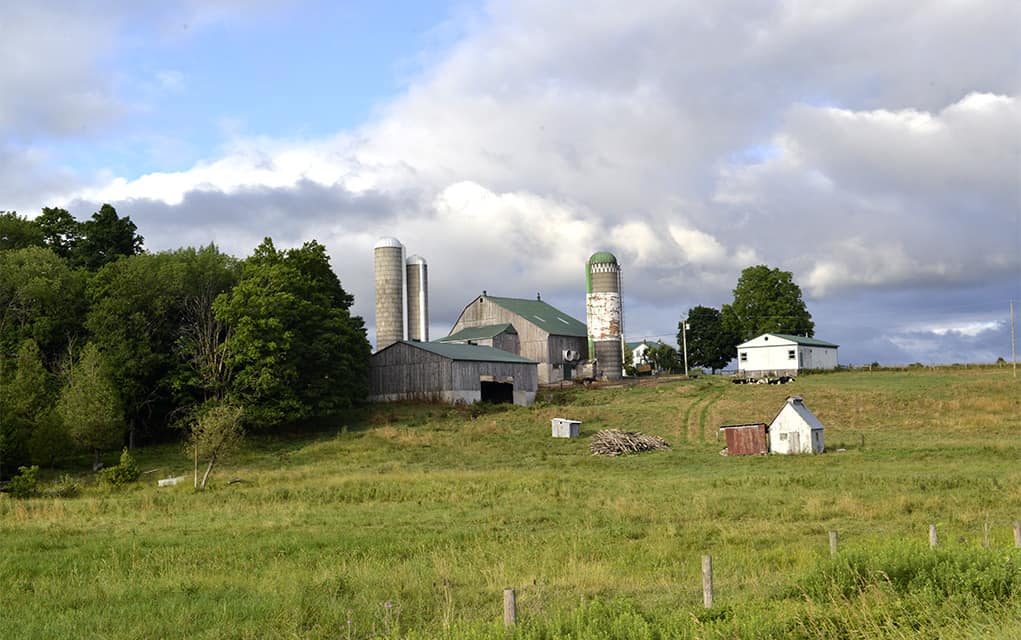The National Farmers Union of Ontario has published the Young Agrarians Ontario Land Access Guide to help new farmers find creative ways to succeed in the increasingly difficult industry. It was based on the original land access guide out in British Columbia, and adapted for accuracy and context in the province of Ontario.
“Land prices have risen exponentially in Ontario,” explained Ayla Fenton, an NFU-O board member. “Especially in southern Ontario, has some of the highest farmland prices in Canada. I think the average for Ontario is now over $10,000 an acre. In some other parts of Ontario, like Middlesex, London area, it’s like $16,000 an acre right now. When you look at the prices of commodity crops, or even higher value crops like vegetables, it’s extraordinarily difficult to pay a mortgage on those type of land prices by just growing food.”
The price of farmland has skyrocketed for a variety of reasons. Expanding cities and developments, limited supply, as well as foreign interest in farmlands have dramatically increased the prices over time. This guide will be particularly useful for those who come from an urban background looking to succeed in the industry.
“Economics of farming in general – we’ve been having a deepening farm crisis over the past 50 years that makes it very difficult for farmers to earn a living,” said Fenton. “For people who have not been able to access land through their families, like one thing we’ve been finding is that more and more farmers are coming from non-farm backgrounds and trying to get into it. For those people, it’s very difficult to purchase land. Especially given that to learn to farm, most of these people are working on farms earning minimum wage on a seasonal basis for many years, and it’s very difficult for them to get a mortgage, let alone save the capital required for say, a half-million-dollar farm.”
The inspiration for this guide came from the costly prices of the land, as well as the success of the Young Agrarians BC Land Access Guide.
“So we wanted to have a guide that would have some creative ideas and be a tool that young farmers could use,” added Sarah Bakker, regional office administrator at NFU-O. “So a lot of farmers are leasing land or working with a partner or having other creative means for accessing this land. But they don’t necessarily have a lawyer that they use on a regular basis. So we have these templates that they can use for their circumstances. We always do recommend professional advice. It gives new farmers a leg up when they’re looking to access land.”
The document is very detailed, being 103 pages in length. It encourages readers to think critically about their approach to farming: whether they are going to try a new product, or direct marketing. It touches briefly on the pros and cons of different farm business structures. It provides tips for assessing land for farming, as well as negotiating tips for a landowner.
Fenton predicts that the price of farmland will only continue to increase, although this is debatable.
“I’m sure it will continue to increase, and that’s what the projections are from everyone I’ve heard from,” said Fenton. “Academics and groups like Farm Credit Canada do an annual farmland values report. So that’s what the $10,000 average is based on. The Farm Credit Canada’s farmland values report. They do an annual report, and every year from the past, as long as I’ve ever looked at it, it’s always been increasing. In recent years, the rate of increase has been accelerating.”
Lawyers Burgandy Dunn and Rizwan Khan have legally reviewed the guide. Anyone interested in accessing it can visit the National Farmers Union.









